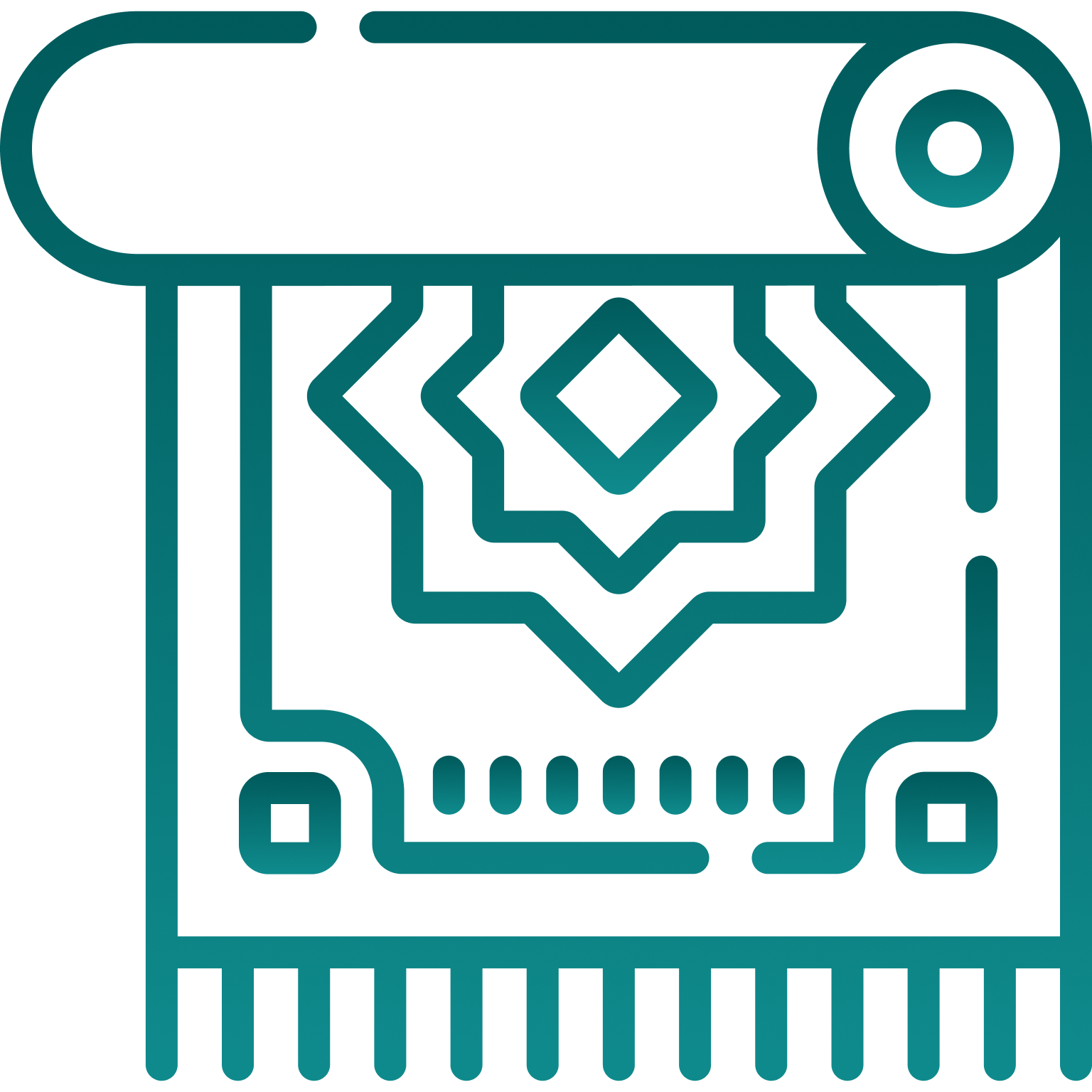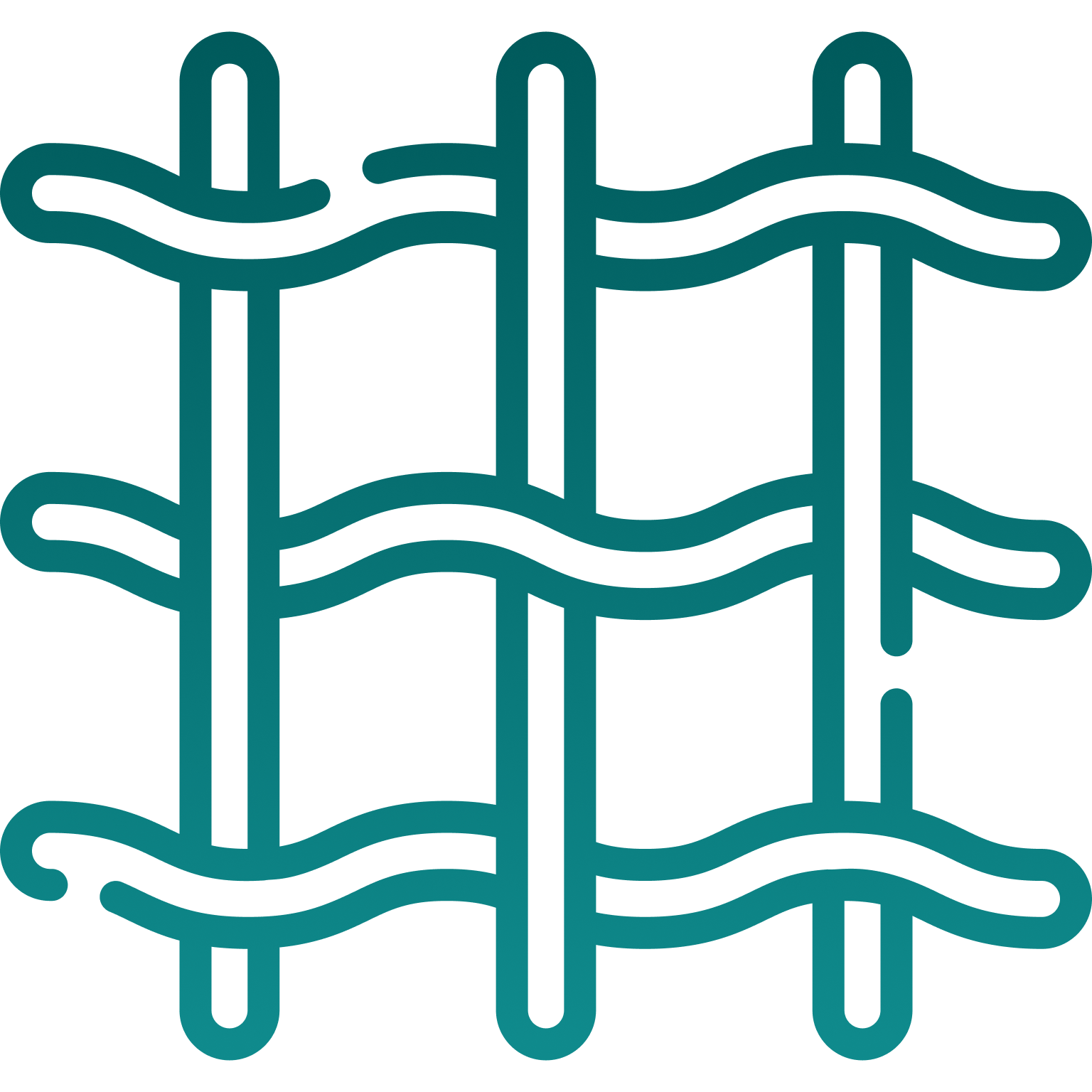What is Viscose Fabric
What Is Viscose and Is It Sustainable?
Viscose is one of the most popular materials in the fashion industry. If you’ve never heard of viscose, you may know it by another name: rayon. It’s a semi-synthetic fiber that is made from trees—but that doesn’t necessarily mean it’s any better for the environment, or for you. In fact, the material has become a hot-button environmental issue recently. Here’s what you need to know.
What is viscose?
Viscose is often touted as a sustainable alternative to cotton or polyester and is popular in the fashion industry as a cheaper and more durable alternative to silk. It’s often used to create those drapey summer dresses, skirts, soft blouses, and synthetic velvet. But viscose isn’t just found in our clothes—it’s also used in the manufacturing of upholstery, bedding, carpets, cellophane, and even sausage casing.
How is viscose made?
Viscose is derived from the “cellulose” or wood pulp from fast-growing, regenerative trees such as eucalyptus, beech, and pine, as well as plants such as bamboo, soy, and sugar cane. This cellulose material is then dissolved in a chemical solution to produce a pulpy viscous substance, which is then spun into fibres that can then be made into threads.















.png)

_1000.png)

